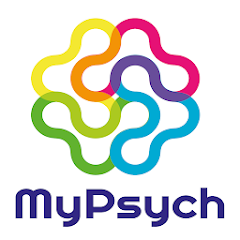Thioridazine is an unlicensed antipsychotic medicine indicated for individuals (18 and over) who received and responded to thioridazine prior to July 2005 and who have failed to respond adequately to alternative medication.
Its use is associated with dose related QTc prolongation that predisposes individuals to potentially fatal Torsades de Pointes. Due to this it was withdrawn from the UK market in July 2005.
This protocol is designed to cover the use of thioridazine in the remaining few patients that remain on this treatment.
In the unlikely event of a further patient request for thioridazine, a full unlicensed medication request form and a comprehensive psychiatric medication review completed by an experienced mental health pharmacist would be required to be submitted to the Prescribing Management Group (Mental Health) for approval.

